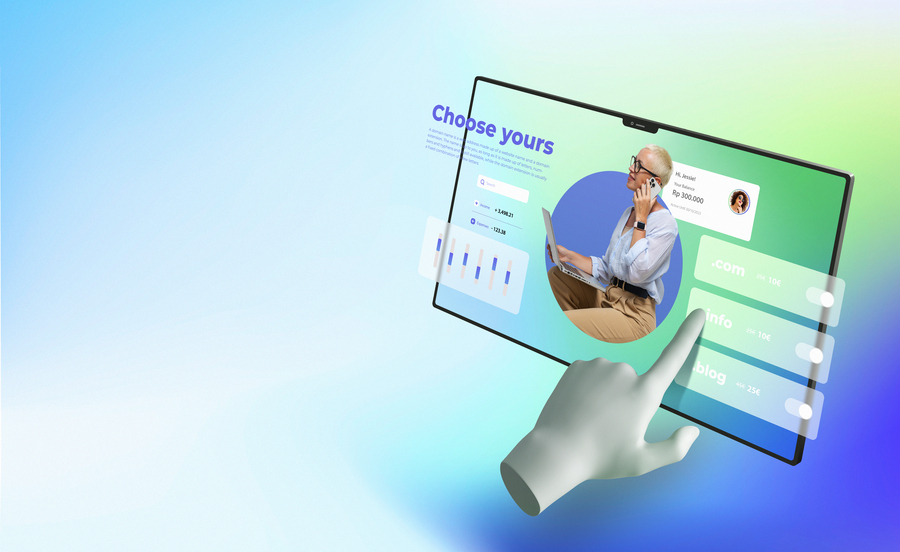
In the ever-evolving landscape of the internet, your website is the digital storefront for your business. It’s the first point of contact for potential customers, and it plays a crucial role in shaping their perception of your brand. As technology advances and consumer preferences shift, it’s essential to keep your website fresh, relevant, and user-friendly through regular redesigns. In this blog, we’ll explore the why and how often of website redesign and provide valuable insights for maximizing the effectiveness of this strategic endeavor.
What is Website Redesign?
Website redesign refers to the process of overhauling and updating the visual appearance, functionality, and content of a website to improve its performance, user experience, and alignment with business goals. It involves making significant changes to various aspects of the website, including its layout, design elements, navigation structure, and underlying technology.
Website redesign is not merely about giving the site a fresh look; it’s about optimizing its effectiveness in achieving specific objectives, such as increasing traffic, generating leads, driving conversions, or enhancing brand perception. This process often requires a thorough analysis of the existing website, including its strengths, weaknesses, and areas for improvement, as well as consideration of industry trends, user feedback, and technological advancements.
Why Should You Perform Website Redesign?
- Adaptability to Changing Trends: The digital world is in a constant state of flux, with new design trends, technologies, and user behaviors emerging regularly. Redesigning your website allows you to stay ahead of the curve and adapt to these changes effectively.
- Enhanced User Experience (UX): User experience is paramount in today’s digital ecosystem. A well-designed website not only attracts visitors but also keeps them engaged and satisfied. Regular redesigns enable you to optimize UX elements such as navigation, layout, and responsiveness, resulting in higher user retention and conversion rates.
- Improved Brand Perception: Your website is a reflection of your brand identity. An outdated or poorly designed site can convey a negative impression to visitors, undermining your credibility and authority. By investing in regular redesigns, you can ensure that your brand is perceived as modern, trustworthy, and customer-centric.
- SEO Benefits: Search engine algorithms prioritize user-friendly websites with relevant and up-to-date content. A redesign provides an opportunity to optimize your site’s structure, metadata, and performance, thereby improving its visibility and ranking on search engine results pages (SERPs).
- Competitive Advantage: In today’s competitive marketplace, standing out from the crowd is essential for success. A visually appealing and user-friendly website can give you a significant edge over competitors, attracting more traffic and fostering customer loyalty.
How Often Should You Perform Website Redesign?
While there’s no one-size-fits-all answer to this question, several factors should influence your redesign schedule:
- Industry Dynamics: Industries with rapid technological advancements or shifting consumer preferences may require more frequent redesigns to stay relevant. Monitor industry trends and competitor websites to identify when it’s time for a refresh.
- Business Goals and Objectives: Your website should align with your overarching business goals and objectives. If your business undergoes significant changes, such as rebranding or expanding into new markets, a redesign may be necessary to reflect these developments.
- User Feedback and Analytics: Pay attention to user feedback and website analytics to identify pain points, areas for improvement, and changing user preferences. Regularly analyze metrics such as bounce rate, session duration, and conversion rates to gauge the effectiveness of your current design and inform redesign decisions.
- Technological Advancements: As new technologies and web design tools emerge, take advantage of them to enhance your website’s functionality, performance, and security. A redesign can integrate the latest innovations and ensure that your site remains competitive in the digital landscape.
- Content Relevance and Freshness: Content is king in digital marketing, and outdated or irrelevant content can harm your website’s effectiveness. Regularly audit and update your content as part of the redesign process to keep it fresh, informative, and engaging for visitors.
Conclusion
In conclusion, website redesign is not just a cosmetic endeavor but a strategic investment in the success of your business. By understanding the why and how often of website redesign, you can ensure that your website remains a powerful asset for attracting, engaging, and converting customers in an ever-changing digital landscape. Embrace change, prioritize user experience, and stay ahead of the curve to unlock the full potential of your online presence with ChetsApp.

